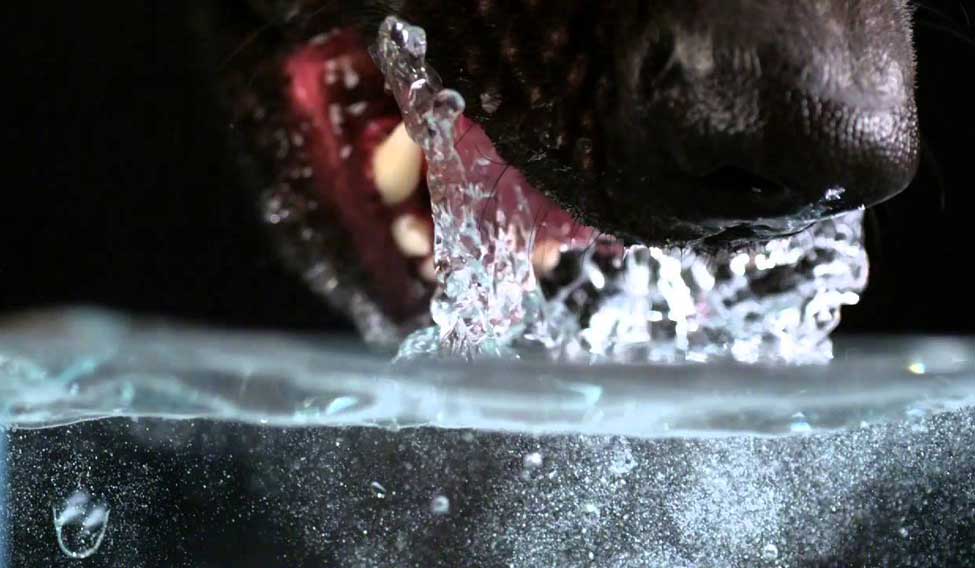Looking at how dogs with their tongue raise fluids into their mouths to drink, researchers have discovered that sloppy-looking actions at the dog bowl are in fact high-speed, precisely timed movements that optimise a dogs' ability to acquire fluids.
The scientists also found that even though feline and canine mouths structurally are similar, their approaches to drinking are as different as — cats and dogs.
"We know cats and dogs are quite different in terms of behaviour and character," said Sunghwan Jung, an associate professor of biomedical engineering and mechanics at Virginia Tech College of Engineering in the US.
"But before we did fundamental studies of how these animals drink fluids, our guess was dogs and cats drink about the same way. Instead we found out that dogs drink quite differently than cats," Jung said.
Dogs and cats are biting animals and neither have full cheeks. But without cheeks, they cannot create suction to drink — as people, horses, and elephants do.
Instead they use their tongues to quickly raise water upward through a process involving inertia.
Both animals move their tongues too quickly to completely observe by the naked eye. But dogs accelerate their tongues at a much faster rate than cats, plunging them into the water and curling them downward toward their lower jaws, not their noses.
They quickly retract their tongues and a column of water forms and rises into their mouths, but they also curl the underside of their tongues to bring a tiny ladle of water upward.
Dogs precisely bite down to capture the water. In an instant they reopen their mouths and immerse their tongues back into the water, said the researchers who used photography and laboratory simulations for the study.
The findings appeared in the journal Proceedings of the National Academy of Sciences.





